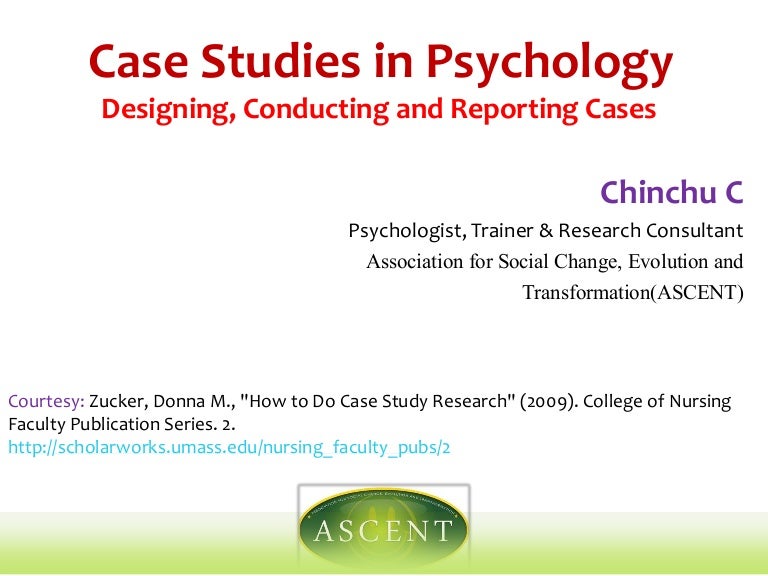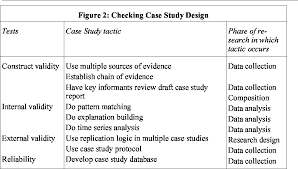You’ve heard of Sigmund Freud’s “case study,” but what exactly is it? Well, let’s find out! This article will look at two very different case studies: one by Hubspot about the success of a customer, and another by Sigmund Freud about a customer scaling up their business. Each has its own unique advantages and disadvantages, but what makes them useful?
Sigmund Freud’s case study
Freud’s case study is widely recognized as a milestone in the history of psychoanalysis. While he had originally considered studying law, he decided instead to pursue a career in medical research. In 1873, he enrolled in Vienna University to study the central nervous system, under the guidance of Ernst von Brock. He earned a doctorate in 1881 and began to work at the Psychiatric Clinic of Theodor Meynert. During this time, he also studied with Charcot at the Salpetriure in Paris.
Although Freud’s case studies are based on a small, unrepresentative sample, they are nonetheless a significant contribution to our understanding of the human psyche. They demonstrate that Freud’s theories are not easily applicable to scientific inquiry. For example, in his experiments with children, Freud studied a single child, but he wasn’t interested in his patients’ sexual experiences. In the process, Freud developed his theory of psychosexual development, which he called the “Oedipus complex”. These theories demonstrate how childhood experiences contribute to a person’s adult personality.
Hubspot’s case study
The Hubspot case study for Oakland Harley Davidson does a great job of balancing engaging with informative content. The case study begins with a video and briefly introduces the company. In the end, it provides information about the client company and highlights the benefits of using HubSpot’s services. Though a case study isn’t a sales tool in itself, it is still a useful way to tell a company’s story to prospective customers.
PandaDoc’s integration with Hubspot allowed the company to save time and resources while creating client documents. It also helps maintain consistency with branding and reduces the time required for the client onboarding process. TPD’s integration with PandaDoc is proving very beneficial to the company’s growth, and its clients love it. Over 500 contracts have been created using the integration, and the feedback has been overwhelmingly positive.
Hubspot’s case study of a customer’s success
In 2009, HubSpot reached a thousand customers and began to plan to increase profitability and accelerate growth. Halligan & Shah was faced with similar challenges to HubSpot: how to segment its customer base and determine the most profitable customers. Since HubSpot served both B2B and B2C customers, it became inefficient to serve such a diverse customer base, making it difficult to plan strategically.
To simplify their search, Hubspot set up several different segments. For instance, people from sales and marketing would engage with Marketing blog posts. Conversely, sales and marketing teams would visit the Sales blog to convert those leads into paying customers. The same logic applies to website optimization and customer service. Regardless of how your business operates, HubSpot has software to help. The software helps you make informed decisions.
Hubspot’s case study of a customer’s scaling of its business
A recent Hubspot case study showed that the company was able to successfully scale a customer’s business. Owner Ollie was the main customer of Hubspot, and his firm made up 73% of the company’s portfolio. Initially, Owner Ollie used the Hubspot service to build initial momentum for its business, but cancelled the subscription after a few months.
In order to achieve such success, Hubspot must focus on larger businesses. Rather than catering to small businesses, it should focus on large and medium-sized enterprises. Smaller businesses are typically easy to acquire and cancel subscriptions. The company should focus on delivering great value in a subscription package. After all, a customer that can’t scale is likely to abandon the company in a few years.



